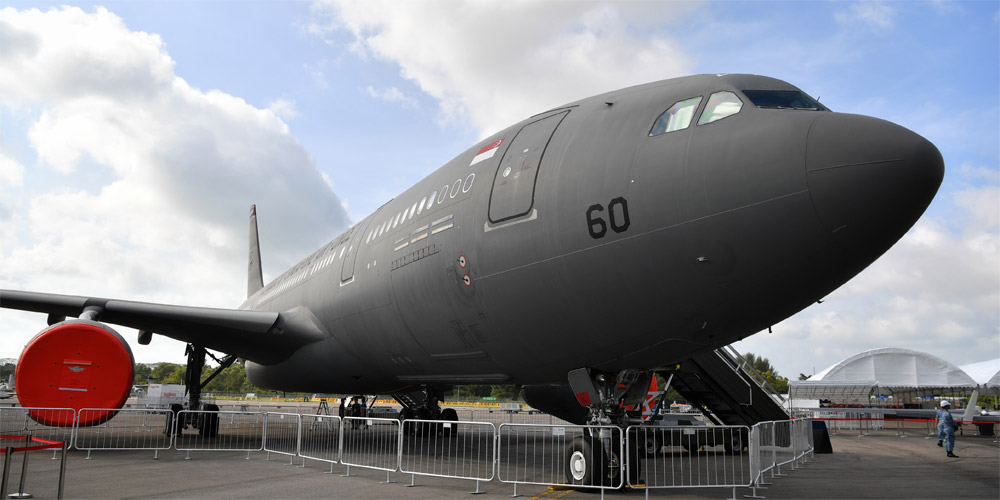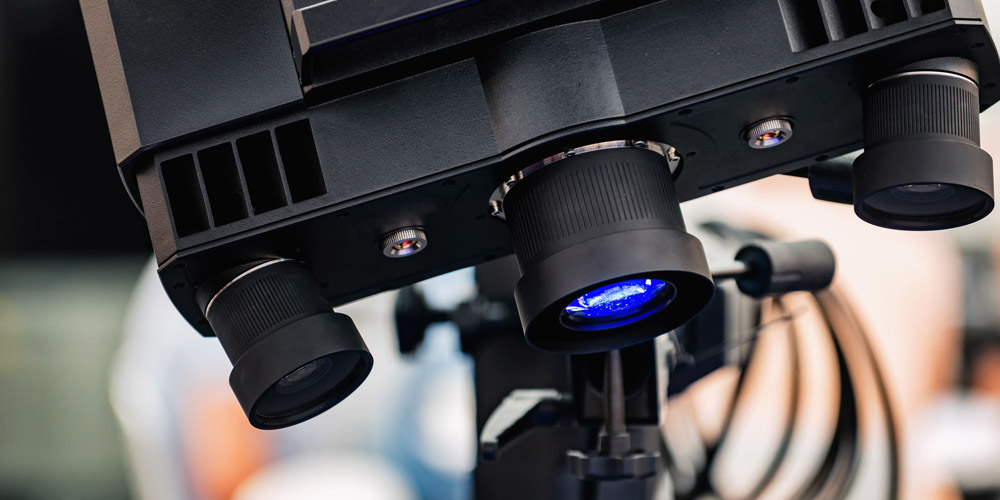A*STAR showcasing green projects at Airshow 2020
Published on 8 February 2020 | By Sharon See | Source: Business Times © Singapore Press Holdings Limited. Permission required for reproduction.
New developments can save weight on planes as well as make maintenance and operations quicker and easier.

Singapore Airshow 2020 officially opens on Tuesday, 11 February. Some developments include piezoelectric sensors and advanced infrared thermography.
AIRLINES are among the biggest carbon emitters on this planet, but material science could help to make the industry a smarter and greener one, Singapore researchers suggest.
Singapore’s Agency for Science Technology and Research (A*STAR) is showcasing more than 10 research projects at the Singapore Airshow 2020, which officially opens next Tuesday, and it is hoping to interest new partners with these technologies.
One such project involves spraying piezoelectric sensors, which are thin as film, on the surface of a plane, instead of installing bulkier and heavier sensors off the shelf.
Such sensors detect abnormalities and other defects and could boost preventive maintenance.
It’s not scheduled like every two months you need to shut down the aircraft. Instead, you build the sensor there and you can monitor the structure’s health in real time when there’s something wrong.
Dr Yao Kui, Principal Scientist at A*STAR’s Institute of Materials Research and Engineering (IMRE).
This helps to reduce downtime of the plane, while reducing the weight of using sensors helps airlines go green. As spraying the sensors on the plane surface is akin to adding a new coat of paint, Dr Yao said this makes the solution scalable, which can also reduce the cost of using sensors by 100 times.
He added this project arose out of a problem statement put forth by the industry – that installing numerous traditional sensors is too costly, and they do not work well for this purpose.
Another project involves the use of advanced infrared thermography to help maintenance, repair and operations teams find defects more easily.

3D Motion and deformation sensor with blue light technology for automotive industry and aerospace industry.
Dr Andrew Ngo, scientist and deputy head of the structural materials department at IMRE, said the device is mounted on a drone which can inspect an area about the size of a square metre, using a light source, in mere seconds.
A difference in temperature on a thermal heat map captured by the device indicates a defect or weakness in the structure, Dr Ngo said.
Since the device is on a drone, the advantage is the information can be transmitted wirelessly to an inspector observing in a safe area, he added.
The technology is expected to be ready in a year, and Dr Ngo said A*STAR’s partners in its aerospace consortium have expressed interest in it.
It would however take a number of years to commercialise the technology since new aerospace technology is typically subject to strict regulations.
On display is also a project that could prove to be a missing link in companies’ quest to build electric engines, even if it may be years before they are finally ready for use.
Electric motors and actuators need soft magnets, which are magnets that can switch easily between being magnetic and non-magnetic, to work. Such magnets must be able to maintain both their mechanical and magnetic strength at high temperatures and under harsh conditions.
To create such a magnet, Dr Dennis Tan, senior scientist and deputy head for the structural materials department at IMRE, used additives to create a ferrous alloy through additive manufacturing.
It’s like one piece of many puzzles … Without this magnet, then these more electric engines cannot materialise.
Dr Dennis Tan, Senior Scientist and Deputy Head at IMRE, added that the project arose from a problem statement that came from the aerospace consortium.
Dr Alfred Huan, Executive Director of A*STAR’s Urban and Green Technology Office, said most of its aerospace projects are now geared towards sustainability, just by virtue of the industry itself.
Most of the projects that we do are actually targeted at increasing efficiency and reducing wastage, reducing labour and costs. They’re always very conscious about bottomline and also conscious about making the aircraft more efficient.
Dr Alfred Huan, Executive Director of A*STAR’s Urban and Green Technology Office.
A*STAR celebrates International Women's Day

From groundbreaking discoveries to cutting-edge research, our researchers are empowering the next generation of female science, technology, engineering and mathematics (STEM) leaders.
Get inspired by our #WomeninSTEM
